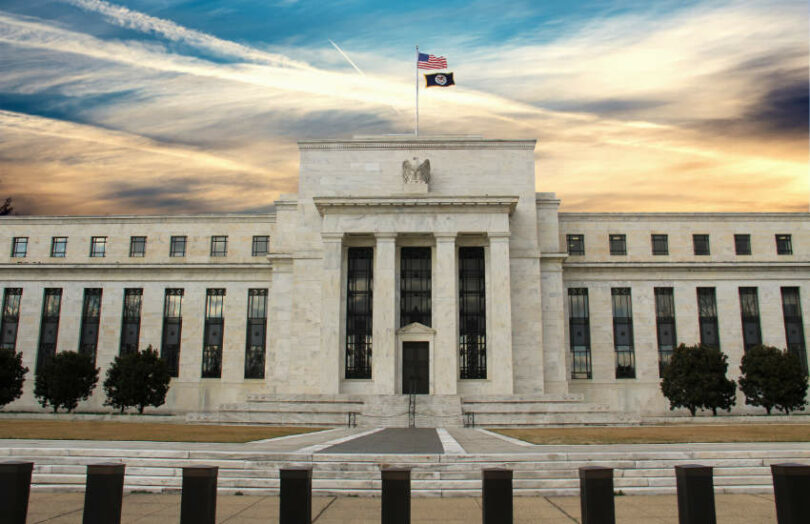Yesterday the U.S. Federal Reserve published two notes relating to banks engaging in novel technologies. One covers state banks involved in stablecoins and the other is much broader establishing a new “Novel Activities Supervision Program” (Progam). Three of the four areas of the new Program’s activities relate to crypto and DLT.
One of the activity groups targets the more general use of DLT for tokenization of securities or other assets and deposit tokens. A second collection of activities directly relates to crypto, whether it’s providing custody, crypto-backed loans or issuing stablecoins. And the third category relates to banks like the (shuttered) Silvergate and Signature which had concentration risks by providing traditional banking services to crypto-asset related entities.
The Fed acknowledges the purpose of the program is to expand its technical expertise and to better understand the risks to establish appropriate regulations. It will notify banks that will be included in the Program.
Perhaps in response to concerns voiced by Congress, the Fed stated that the “Program will also operate in keeping with the principle that banking organizations are neither prohibited nor discouraged from providing banking services to customers of any specific class or type, as permitted by law or regulation.”
State banks require stablecoin no action letter
The new letter to state banks followed up on an OCC letter when Brian Brooks was acting Comptroller of the Currency allowing national banks to participate in stablecoin networks by operating validator nodes and processing stablecoin-based payments. When the new Comptroller took over, he said crypto and stablecoin activities required a no action letter.
Yesterday’s letter extends that treatment to state banks. It says state banks have to inform their regulators even when testing stablecoin involvement. They also need to receive a no objection letter by demonstrating they address risks, including operational, cybersecurity, liquidity, illicit finance and compliance risks.
One notable point in both letters is that the Federal Reserve referred to “dollar tokens”. In one of the footnotes, the Fed says it uses the dollar token term whereas the OCC uses the term “stablecoins”. However, we’d note that dollar tokens can be interpreted more broadly than stablecoins to include deposit tokens.






